
The use of biotechnology for landfill leachate treatment offers many advantages, such as significant effectiveness, low investment, and simple operation. It is suitable for treating leachate with good biodegradability and is currently the most widely used technology. Generally, there are three common methods for biologically treating leachate: aerobic treatment technology, anaerobic treatment technology, and combined aerobic-anaerobic treatment technology. Compared to other technologies, biological treatment is a traditional wastewater treatment technology with strong resistance to impact loads.
1.Aerobic Biological Treatment Technology
Aerobic biological treatment technology involves the process where aerobic microorganisms (including facultative microorganisms) utilize pollutants in wastewater for metabolism in the presence of oxygen, simultaneously degrading pollutants. Main aerobic biological treatment technologies include activated sludge technology, aerated lagoons, and biofilm technology. Compared to other technologies, aerobic biological technology has many advantages, such as fast reaction, almost no odor production, and space savings. Relevant experiments show that when the COD of incoming leachate is between 4000-13000 mg/L, the COD removal rate exceeds 90% after treatment with hybrid aerobic activated sludge technology.
Aerobic biological technology for leachate treatment also has drawbacks: high energy consumption, nutritional imbalance, reduced efficiency at low temperatures, possible inhibition of nitrification due to high NH3 concentration, and interfering effects of toxic metals (e.g., Cu inhibits nitrification).
2.Anaerobic Biological Treatment Technology
Anaerobic biological treatment technology involves the process where facultative and anaerobic bacteria degrade complex organic pollutants in wastewater step by step into carbon dioxide and methane in the absence of free oxygen. Methane can be recycled and used as an energy source. Studies show that when treating high-concentration landfill leachate with COD ranging from 3000-8000 mg/L using an upflow anaerobic filter at a reaction temperature of 35-40°C, the COD removal rate is about 95%.
The main disadvantage of anaerobic biological treatment processes is that the activity of microorganisms (especially CH4-producing bacteria) is easily affected by environmental changes (must be alkaline) and the presence of certain metals, leading to reduced reaction rates.
3.Combined Aerobic-Anaerobic Treatment Technology
Currently, most landfills use combined aerobic-anaerobic technology to treat leachate, especially highly concentrated leachate. This technology is effective and low-cost. Relevant experiments using SBR two-stage anaerobic-aerobic technology to treat landfill leachate showed that COD and BOD5 removal rates both exceeded 90%.
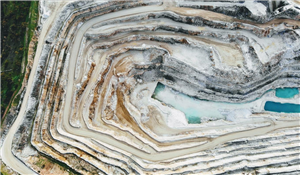
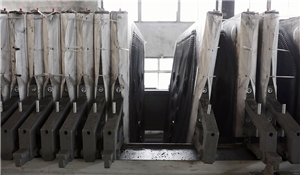

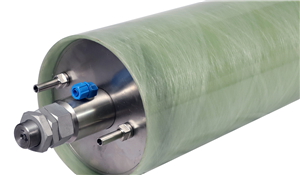



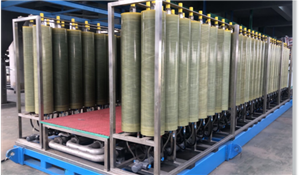
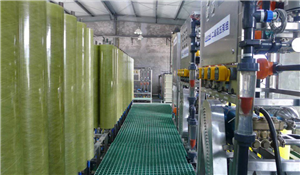
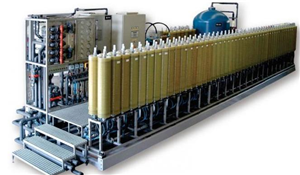


Henan Yuanhede Industrial Technology Co., Ltd.
East Industrial Park, Yuzhou City, Henan Province, China.
(+86)139 3822 7726
info@yhdegroup.com
www.yhdegroup.com